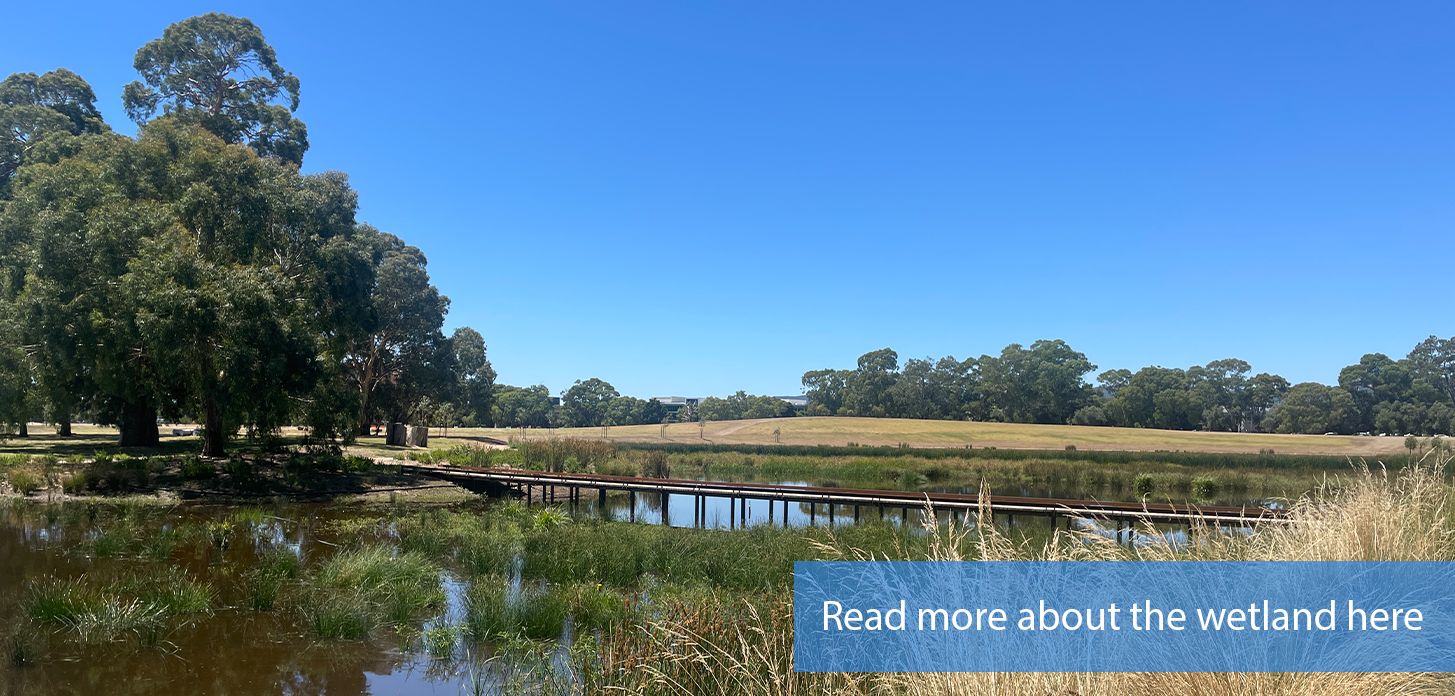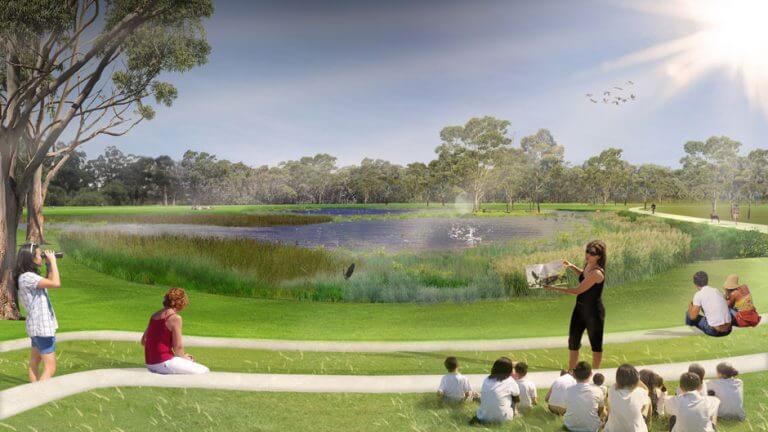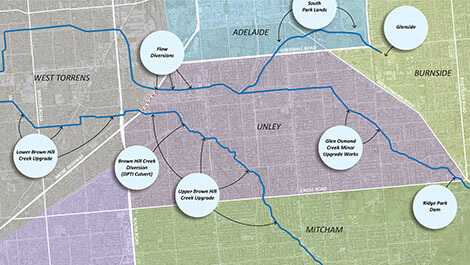Brown Hill Creek, Keswick Creek, Park Lands Creek, and Glen Osmond Creek are crucial drainage watercourses in metropolitan Adelaide. The creeks have a low level of flood protection and a long history of flooding. The Cities of Adelaide, Burnside, Mitcham, Unley and West Torrens have worked collaboratively over a number of years to develop a comprehensive Stormwater Management Plan to mitigate serious flood risk and help safeguard properties across the Brown Hill Keswick Creek catchment. Designed to provide flood protection in a significant flood event, the Brown Hill Keswick Creek Stormwater Project requires the delivery of a series of infrastructure works across the catchment. Prior to project delivery, almost 4,000 properties would be flood affected in a significant flood event. That figure will be reduced to 63 subsequent to project completion.
The Plan

The Stormwater Management Plan is designed to substantially reduce the number of properties affected by very large flood events, up to and including a 100 year ARI flood.
About the project
The Brown Hill Creek Stormwater Project has been a collaborative undertaking by the catchment councils to develop a Stormwater Management Plan (SMP). The scope and complexity of the plan are such that it could only be delivered effectively and efficiently by the five councils working collaboratively through a single entity.
The Councils have therefore established the Brown Hill and Keswick Creeks Stormwater Board as a regional subsidiary to co-ordinate delivery of the SMP. Implementation of the plan will mitigate serious flood risks and help safeguard properties across the catchment.
FAQ’s
What is the Brown Hill Keswick Creek stormwater project?
The Brown Hill Keswick Creek stormwater project is a collaborative undertaking by five South Australian city councils (Cities of Adelaide, Burnside, Mitcham, Unley and West Torrens) to develop and implement a Stormwater Management Plan (SMP) to mitigate significant flood risk arising from four major watercourses in metropolitan Adelaide; Brown Hill, Keswick, Glen Osmond and Park Lands Creeks.
What is the likely impact of a 100-year ARI flood in the catchment?
A significant (100-year average recurrence interval) flood event would impact almost 4,000 properties and result in total damages in the order of $418.5m. Completing the project will reduce that damage estimate to $7.5m, a net benefit of $411m. Just over half of the damage estimates are direct property damage, but indirect impacts such as business interruption, traffic disruption, social and environmental impacts add significantly to the total.
Delivery of the project will protect critical transport infrastructure including rail, roads, and air along with key sites such as Ashford Hospital, Adelaide Airport, Keswick Army Barracks and the North-South Corridor Project.
What is the Stormwater Management Plan?
The Stormwater Management Plan (SMP) highlights the devastating impact that a major flood event would have on the inner southern and south-western suburbs of Adelaide. It outlines a comprehensive program of flood mitigation works that will protect the community and businesses from the effects of flooding while also delivering social and environmental benefits such as urban greening, improving the quality of stormwater discharges to coastal waters, and the beneficial reuse of stormwater.
With respect to flood protection, the key objectives of the SMP are to substantially reduce the number of properties within the catchment that would be affected by flood events and to minimise damage to critical infrastructure.
What is the role of the Brown Hill and Keswick Creeks Stormwater Board?
The Brown Hill and Keswick Creeks Stormwater Board comprises five independent members appointed by the Constituent Councils and is responsible for coordinating delivery of the plan. A charter governs the affairs of the Board by setting out its purpose, functions and powers, including governance provisions.
Broadly, the purpose of the Board is to:
- Implement or oversee the construction of stormwater infrastructure.
- Oversee the maintenance and repair and/or renewal of stormwater infrastructure established through the implementation of the Plan.
- Oversee the implementation of associated, adjacent and/or related infrastructure works or measures on behalf of a Constituent Council at the cost of the Constituent Council.
- Hold stormwater infrastructure constructed in the implementation of the Plan on behalf of the Constituent Councils.
- Implement such other non-infrastructure measures as set out in the Plan, or approved by the Constituent Councils, or as determined by the Board, to be necessary or convenient for or incidental to, the implementation of the Plan.
What stormwater projects will be delivered in Adelaide under the Stormwater Management Plan?
The stormwater works to be delivered in metropolitan Adelaide under the Stormwater Management Plan (SMP) are best described as eight sub-projects
- Brown Hill Creek Diversion (DPTI),
- Ridge Park Flood Dam,
- Glenside detention basin,
- South Park Lands,
- Lower Brown Hill Creek Upgrade,
- Flow diversion from Keswick Creek to Brown Hill Creek,
- Upper Brown Hill Creek Upgrade
- Glen Osmond Creek Minor Upgrade.
What is the current status of the project?
There is a logical progression in which the 8 sub-projects should be delivered, over five stages. Broadly, works to detain flood waters are delivered first, followed by channel upgrades working from downstream to upstream. Delivery of the full project is scheduled for completion by 2036. More information on the current status of sub-projects can be found here.



